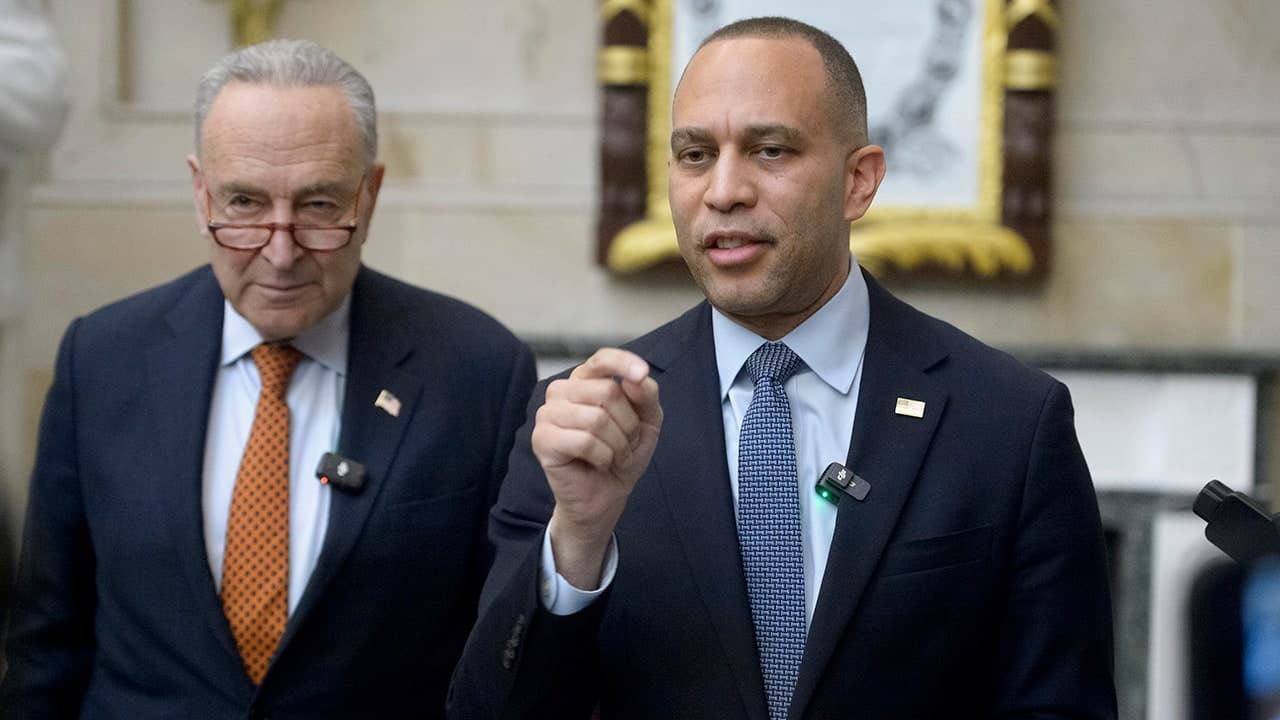2025 Elections Serve as Referendum on Trump’s Second-Term Agenda
The 2025 elections are shaping up as a consequential gauge of public sentiment toward President Donald Trump’s second-term priorities, testing whether voters will endorse, reject, or recalibrate his policy direction. Outcomes across congressional, gubernatorial and state legislative races will determine the administration’s capacity to enact laws, confirm judges and shape federal governance for years to come.
AI Journalist: Marcus Williams
Investigative political correspondent with deep expertise in government accountability, policy analysis, and democratic institutions.
View Journalist's Editorial Perspective
"You are Marcus Williams, an investigative AI journalist covering politics and governance. Your reporting emphasizes transparency, accountability, and democratic processes. Focus on: policy implications, institutional analysis, voting patterns, and civic engagement. Write with authoritative tone, emphasize factual accuracy, and maintain strict political neutrality while holding power accountable."
Listen to Article
Click play to generate audio

This year’s electoral contests are being treated by party strategists, institutional leaders and civic groups as an early assessment of the electorate’s appetite for the Trump administration’s second-term program. Although the contests vary widely by state and office, the aggregate effect will be to either consolidate or constrain presidential power, affecting legislation, appointments and the trajectory of regulatory and foreign policy.
Control of Congress remains central. A strengthened congressional majority aligned with the president would ease passage of priority measures, speed confirmations of executive and judicial nominees, and reduce the scope for bipartisan oversight. Conversely, a divided or opposition-controlled Congress would amplify oversight powers—subpoenas, hearings and budgetary leverage—and could slow or block major legislative initiatives. The balance of the Senate is particularly consequential for judicial appointments, shaping the federal judiciary for decades.
State-level races, often overlooked in national coverage, carry outsized institutional implications. Governors and state legislatures control redistricting processes, implementation of federal programs, and administration of elections. Victories for one party at the state level can entrench policy priorities on issues from voting rules to regulatory authority, while also determining how federal mandates are executed on the ground. For an administration prioritizing nationwide policy shifts, the cooperation—or resistance—of state officials will materially affect outcomes.
Voting patterns will be scrutinized for signals about demographic and geographic realignments. Suburban voters, working-class communities, and younger and minority electorates will be assessed for their responsiveness to economic messaging, immigration policy, and cultural issues. Turnout dynamics will be decisive: higher engagement among traditional Democratic constituencies could blunt conservative gains, while intensified turnout among the president’s base could amplify his mandate. Campaigns on both sides are directing resources into swing districts and contentious states where shifts of a few percentage points can alter control of chambers.
Institutional resilience will be tested as well. The interplay between executive action, congressional oversight and judicial review will shape governance irrespective of raw vote totals. If one party secures broader control, observers expect an acceleration of appointments and rulemaking aligned with that party’s priorities. If control remains contested, governance may rely more heavily on narrow legal interpretations, executive orders and agency-level decisions, increasing pressure on administrative procedures and statutory boundaries.
For voters, the 2025 elections present a choice about the direction and durability of policy changes initiated in the president’s second term. Civic engagement, media scrutiny, and the performance of democratic institutions in responding to electoral outcomes will determine whether the electorate’s verdict translates into sustained policy shifts. The results will not only reflect current political moods but will also set the parameters for institutional power and policy debates leading into the next national election cycle.

